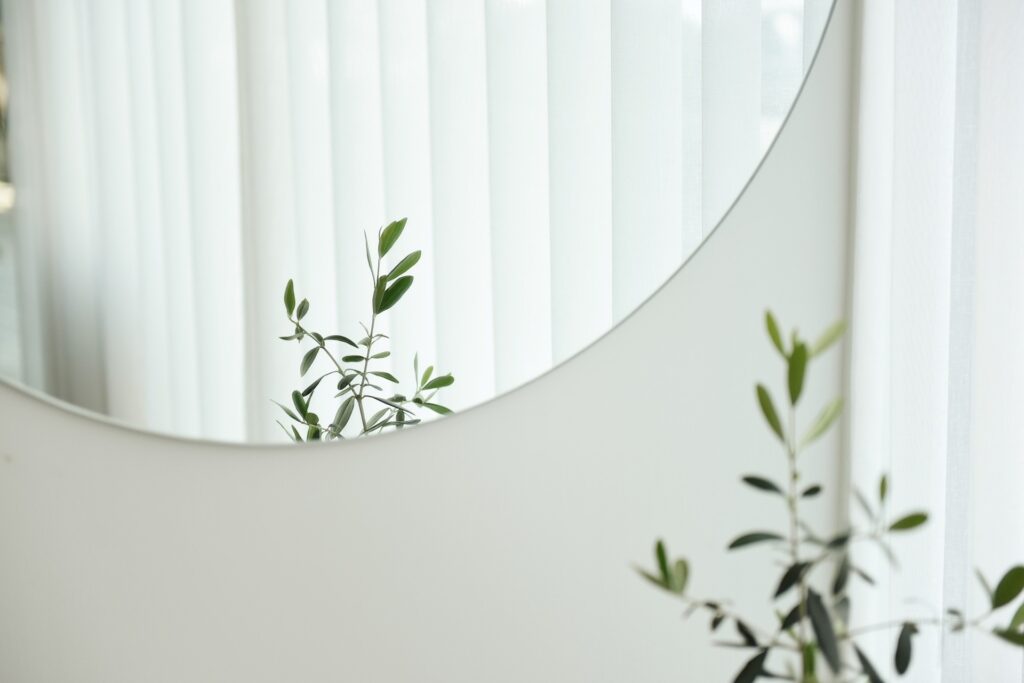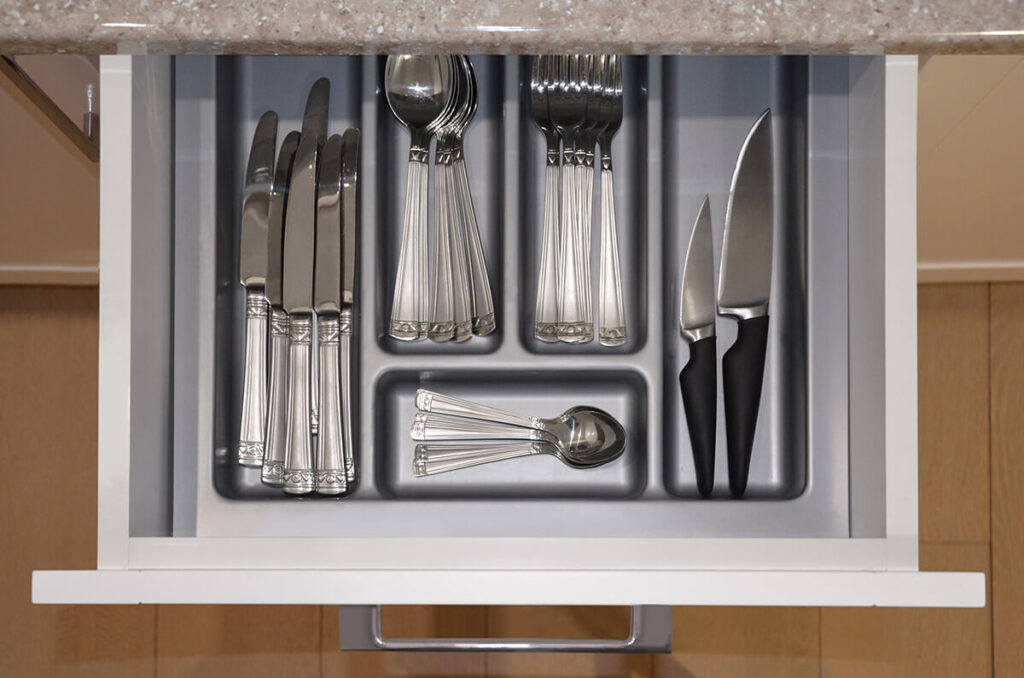How to pack antiques when moving overseas? Well, when it comes to handling these items, you might feel like Indiana Jones with his rare treasures. In your case, these things are family heirlooms and pricey collectibles, not lost artifacts, but each piece has a story to tell, which makes them monetarily valuable and sentimentally priceless. So, how do you store these things without triggering any booby traps? Let’s dive in and find out!


How to Pack Antiques When Moving Internationally – Snippet
How to pack heavy antiques and small valuables when moving abroad? Well, this process requires detailed planning and quality supplies to ensure the safety of fragile items. Start by downsizing unnecessary belongings to simplify this journey. Create an inventory of all items, clean and inspect them, and document their condition.
Properly wrap each piece, stack boxes correctly, fill voids to prevent movement, and label each box clearly.
Consider hiring a professional overseas shipping company for expert handling and relocation services.
Also, follow additional packing tips for special items such as fine art, antique furniture, and fragile glassware.
With careful preparation and the right support, your belongings will reach their new home safely.
Launch This Journey With a Good Strategy
Creating a strategy before packing is essential for a smooth and organized relocation process. Planning helps you avoid common mistakes and ensures that each step is handled efficiently. Take the time to create a detailed timeline, choose the best international moving company, and categorize items by priority and fragility. This way, you’ll streamline the entire process and reduce the relocation stress and anxiety.
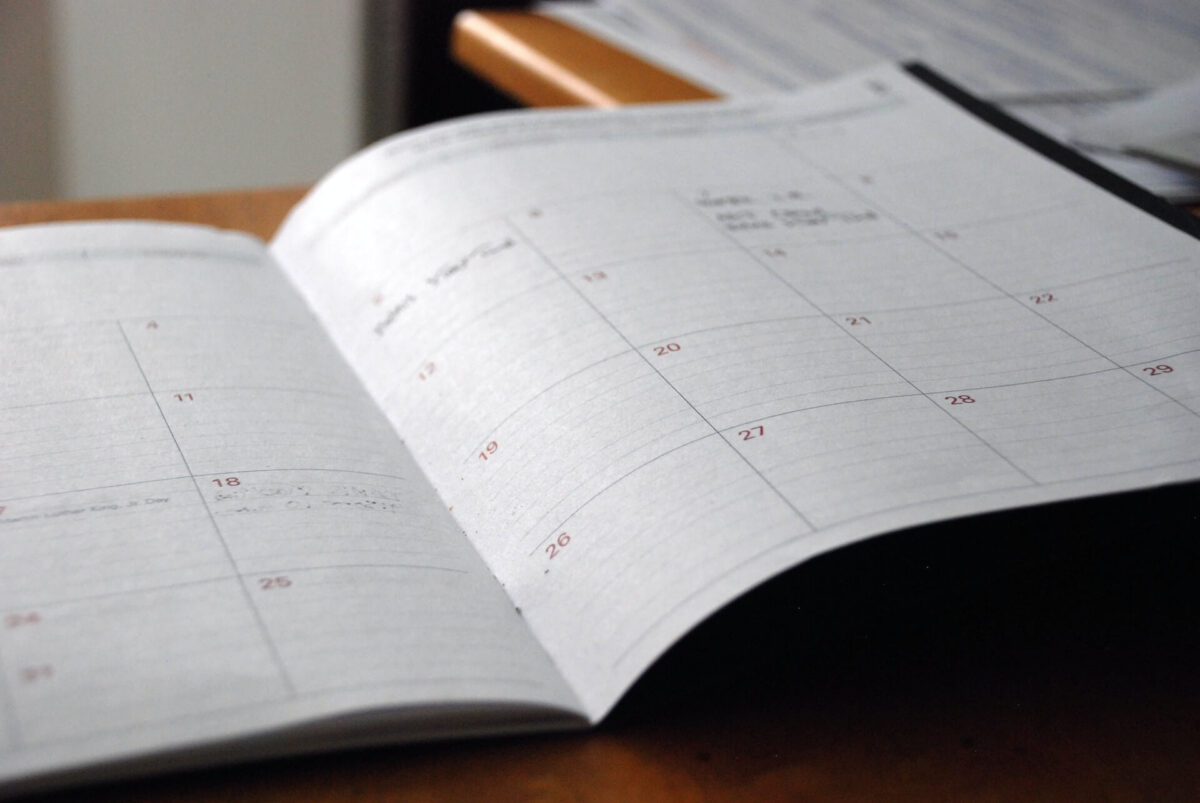

Downsize If Possible
Did you know that major decluttering should be done every two years? If you haven’t done this in a while, now would be a perfect moment to do so. Downsizing can significantly simplify this entire adventure. It helps lower the load, reduces the need for numerous packing supplies, and saves money on moving costs.
Selling items through a garage sale or online marketplaces such as Craigslist can help you add some extra cash to the relocation budget. Alternatively, you can donate unnecessary items to charities, which can be a fulfilling way to part with things you no longer need. This step ensures that only the most valuable and cherished items make the journey to the new home.
Create an Inventory of Everything You Are Relocating
Creating an inventory of antiques is an essential step in this process. Document each item, take detailed photographs from multiple angles, and make notes about their condition. This documentation will be useful for insurance purposes in case any damage occurs. An inventory list also helps you keep track of items and ensures nothing is forgotten during packing or misplaced during transit.
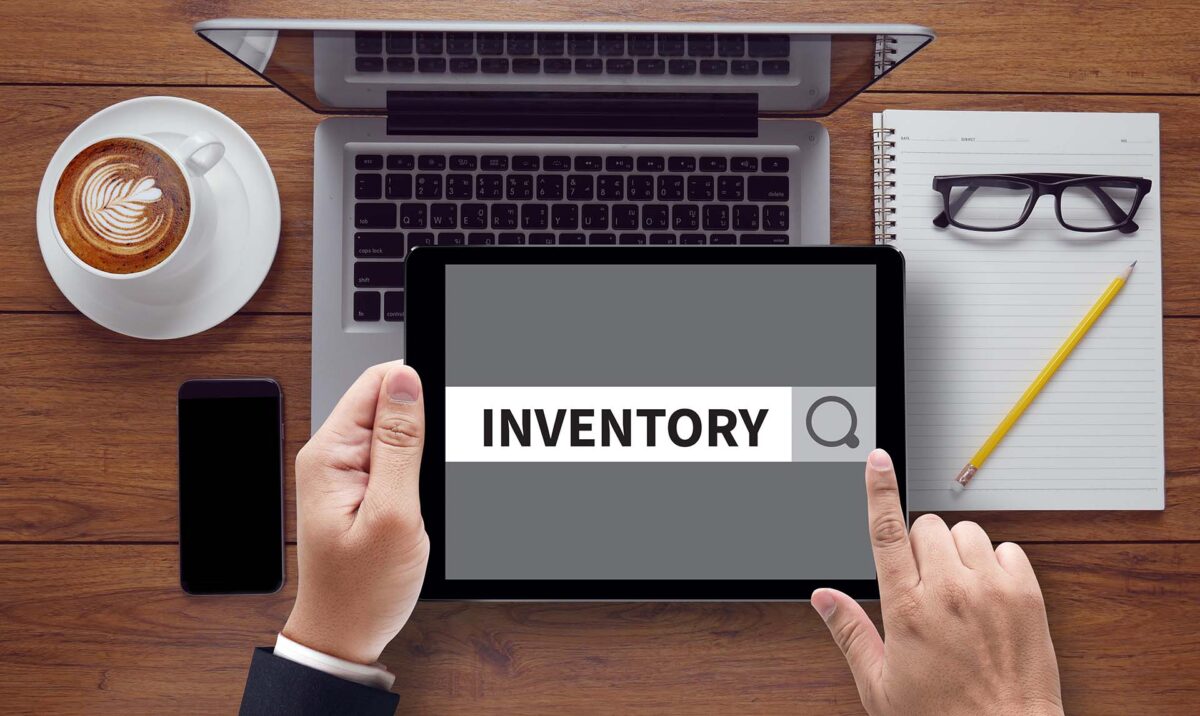

Gather Quality Packing Supplies
With close to 165 billion cardboard boxes made in the US annually and only 75% of them being recycled, imagine the waste an average relocation can accumulate. This is why you have to know how many things you are relocating. Once you make up your mind about that, it’s time to collect the necessary supplies.
Using quality packing materials is crucial for protecting possessions. High-quality supplies offer the utmost protection, ensuring everything reaches you in pristine condition. Here’s a list of necessary supplies that will make the entire boxing-up process more efficient:
- Sturdy boxes in various sizes provide structural integrity to protect against crushing and impacts,
- Bubble wrap and clean paper cushion and protect surfaces from scratches,
- Foam sheets and corner protectors offer extra padding and protection for delicate edges,
- Foam peanuts fill gaps in boxes to prevent items from shifting,
- Painter’s tape and heavy-duty duct tape secure surfaces and boxes, respectively,
- Labels and markers help with organization and ensure boxes are handled correctly.
Step-by-Step Guide on How to Pack Antiques
Boxing up antiques requires careful preparation and execution. Following the steps below ensures valuable items are protected throughout the entire process. Let’s dive into the details.
Before packing, clean and dry all antiques. Dust and grime can cause scratches and damage on the surface. Use a soft, lint-free cloth and avoid harsh chemicals that might harm delicate surfaces. Inspect each item for cracks or chips and make any necessary repairs before storing them away for the road. If the piece is beyond salvation, it might be wiser to leave it behind.
Use bubble wrap or foam sheets to wrap each item separately. Start with a layer of packing paper to prevent scratches, then add bubble wrap for extra cushioning. Secure the wrapping with painter’s tape, which is less likely to damage surfaces than regular ones. Particularly fragile items should be double-wrapped in bubble wrap. Ensure that every inch is completely covered and that no parts are exposed.
When boxing up multiple items in one box, ensure they are separated by foam sheets or cardboard dividers to avoid contact. Heavier items should be placed at the bottom, with lighter ones on top.
Avoid over-packing boxes, as this can lead to damage. Overfilled crates can collapse under excessive weight. It’s crucial to ensure that items do not touch each other within the box, as movement can cause chips, breakage, and serious cracks.
Fill any gaps in the boxes with foam peanuts. This prevents excessive shifting during transit, reducing the risk of damage. Make sure the items are snugly packed but not too tight, as pressure can also cause wear during long hauls.
Label each box with its contents and indicate that it contains fragile items. Mark boxes with “This Side Up” and “Fragile” to ensure proper handling and stacking in the back of a relocation container. This way you will avoid these things being crushed under the weight of bulky objects.
Use heavy-duty duct tape to seal the boxes securely. Reinforce the bottom and seams of each crate with extra tape. This will prevent them from breaking under the weight. Properly taped boxes prevent accidental opening during transit, ensuring your possessions remain safe throughout the entire journey.
Hire a Professional Overseas Moving Company for the Job
Relocating delicate items internationally is a complex task best handled by professionals. Hiring expert movers can simplify the entire process. Sunset International Shipping company offers comprehensive moving services to safeguard your belongings throughout shipping and ensure they reach you unscathed.
Our professional packing solutions are designed to protect every object from shocks and jolts during transit. With our expertise and careful handling, you can have peace of mind knowing that cherished items are in safe hands. We will ensure that everything arrives at the new home just as it left.
Book Moving Insurance for Added Peace of Mind
Moving insurance is a crucial aspect of every relocation. It covers potential damages and losses, ensuring your valuables are financially protected.
Sunset International Shipping offers two options to choose from. Our Mandatory Liability Coverage is included in our moving services free of charge. However, you’ll be compensated only 60 cents per pound per damaged item.
For more comprehensive protection, Full Value Replacement option is available at an extra charge. With this coverage, in case of accidents, goods will be repaired or replaced, or you’ll be fully reimbursed for their value.
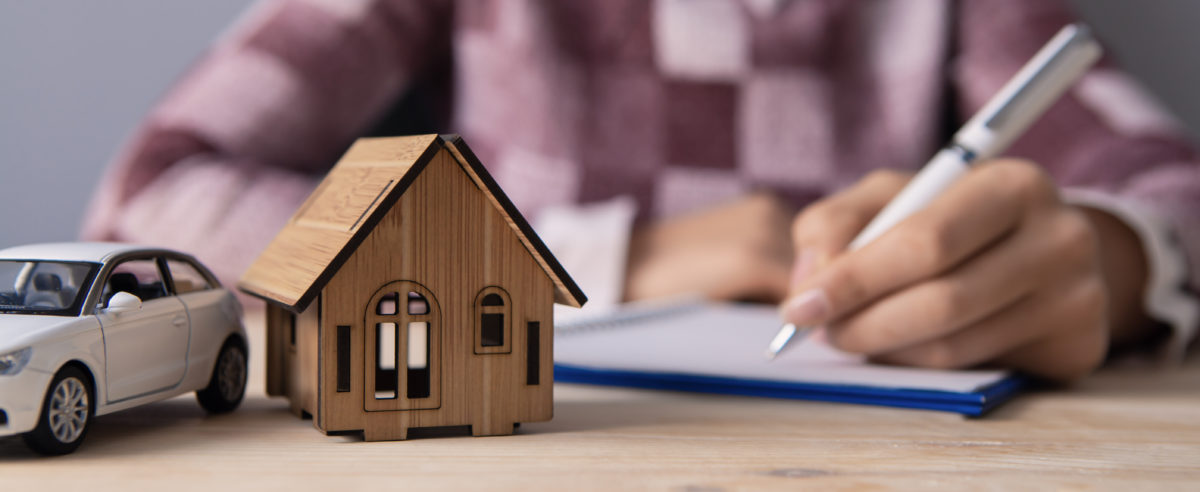

Follow These Additional Tips for Packing Special Items
Certain antiques require special attention due to their unique characteristics. Here are additional tips to ensure these items are packed and transported safely. Proper preparation and care are essential for preserving their integrity and value. Let’s see how to address them properly.
Fine Art Requires Special Care
Packing fine art requires special care and attention to detail. Use acid-free paper to wrap the artwork and place it in a custom-sized crate with ample padding. Still, for high-value pieces, book professional services. This ensures that the artwork is handled by experts who understand how to protect delicate and valuable items.
Protect and Cushion Antique Furniture Properly
Antique furniture needs extra protection. Disassemble large pieces if possible, and wrap each part separately. Use moving blankets for additional cushioning, and secure them with painter’s tape.
Protect corners and delicate carvings with foam protectors. Disassembling furniture reduces the risk of damage during transit and makes the pieces easier to handle.
Wrap Fragile Glassware and Porcelain Items Individually
Wrap each piece of glassware and porcelain individually in clean paper, followed by a sheet of bubble wrap. Place them in boxes with dividers to prevent contact.
Fill any gaps with ample padding to keep them from shifting. This boxing-up technique prevents breakage and ensures these delicate items arrive safely.
Antique, Decorative Mirrors Require Their Frames And Surfaces Well-Protected
Antique, decorative mirrors require meticulous packing to avoid damage. Use corner protectors to safeguard the frame’s edges, and cover the mirror surface with a cardboard cutout to prevent scratches. Wrap the entire object in bubble wrap and secure it with duct tape.
Place the wrapped mirror in a specialized box or a custom-sized crate with ample padding on all sides. This careful approach will ensure that this delicate object remains intact and undamaged during transit.


With Our Team by Your Side, Every Journey is a Smooth Endeavor
Moving antiques internationally is a complex process, but with the right preparation and care, it can be done successfully. Sunset International Shipping is here to assist you every step of the way. Our professional movers have the expertise and knowledge to address each item’s needs and box them up securely for their long trip. With our team by your side, every journey is a smooth endeavor. So, contact us today and let our crew handle the rest.
Frequently Asked Questions
Many antiques are sensitive to temperature and humidity changes. If you are relocating to a different climate, consider how this might affect items. Book climate-controlled storage if necessary, and take steps to acclimate items gradually to their new environment. This helps prevent damage caused by abrupt changes in temperature or humidity.
Appraisals are essential for extra valuable pieces. Get antiques appraised before the move to determine their value. This will help with insurance and provide a record of the item’s worth in case of damage or loss.
Relocating pianos requires careful planning and the right materials. First, close and lock the keyboard lid to prevent damage to the keys. Wrap the entire piano in moving blankets, securing them with straps or tape.
Pay special attention to protecting the corners and legs with additional padding. It’s highly recommended to hire professional movers who specialize in pianos, as they have the expertise and equipment to handle these heavy and delicate instruments safely.




